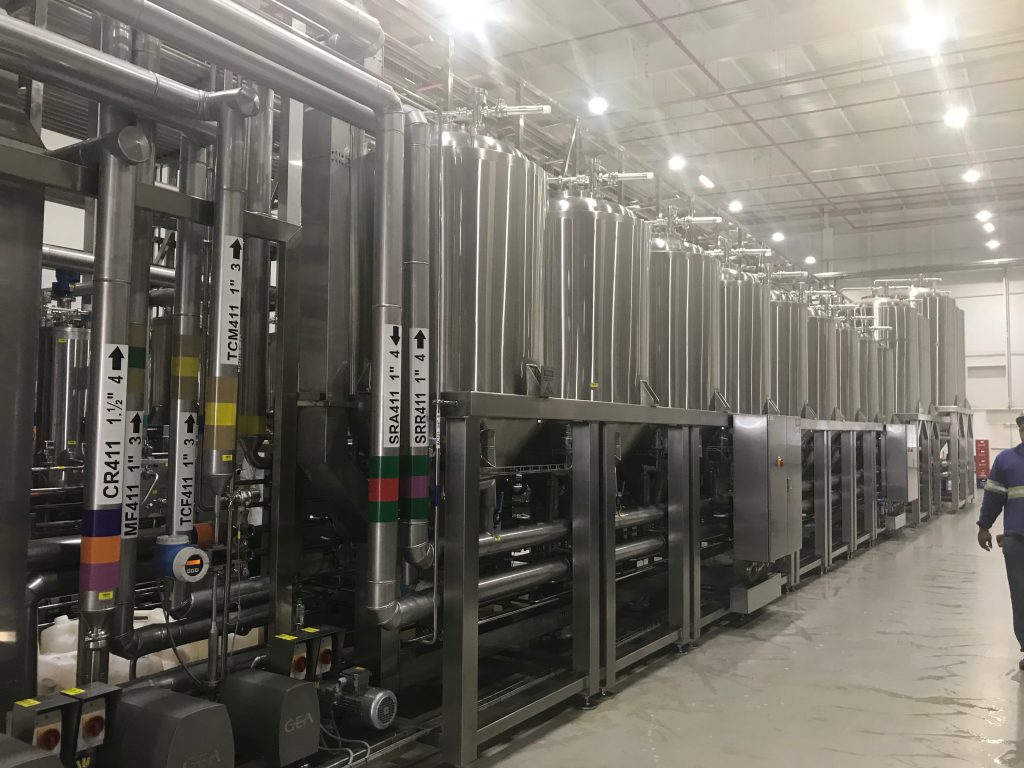Introduction

Choosing the best fermentation vessels is a crucial step in ensuring a successful brewing or fermentation process. Whether you are crafting beer, wine, kombucha, or any other fermented product, the right vessel can significantly impact flavor, clarity, and efficiency. Fermentation is a delicate process where the right environment can mean the difference between a flavorful final product and an off-tasting batch. With a variety of options available, including stainless steel, glass, and plastic, understanding the benefits and drawbacks of each type is essential for making an informed decision.
In this guide, we will explore the different types of best fermentation vessels, their key features, and how they contribute to the overall brewing process. By the end, you’ll be well-equipped to choose the ideal fermentation vessel to enhance your brewing experience and achieve consistently high-quality results.
Why Choosing the Best Fermentation Vessels Matters
The fermentation vessel serves as the environment where yeast and bacteria interact with the ingredients, converting sugars into alcohol and developing complex flavors. The choice of vessel affects factors such as:
- Oxygen exposure: Too much oxygen can cause oxidation, leading to undesirable flavors and spoilage.
- Temperature stability: Different fermentation vessels have varying insulation properties, affecting the overall consistency of the brew.
- Ease of cleaning: Some materials are easier to sanitize than others, reducing the risk of contamination.
- Contamination risks: Poor-quality vessels may harbor bacteria and mold, ruining an entire batch.
- Longevity and durability: Investing in high-quality fermentation vessels ensures they last for multiple brewing cycles without compromising quality.
By selecting the best fermentation vessels, brewers can achieve consistency, enhance taste, and minimize unwanted off-flavors. A well-chosen fermentation vessel also streamlines the brewing process, reducing time spent on maintenance while improving batch yield and success rate.
Key Factors to Consider When Choosing Fermentation Vessels
Material Type
The material of the fermentation vessel significantly influences the brewing outcome. Different materials have unique properties that can impact everything from sanitation to the taste of the final product. The most common materials include:
- Stainless Steel: Durable, easy to clean, and minimizes oxygen exposure. Ideal for both beginners and professionals.
- Glass: Non-porous, prevents contamination, but fragile and requires careful handling. A favorite among homebrewers.
- Plastic: Lightweight and affordable but prone to scratches and staining, which can harbor bacteria over time.
Each material has its advantages and disadvantages, so understanding their properties helps in selecting the best fermentation vessels suited to your brewing needs.
Oxygen Control
Oxygen exposure can make or break fermentation, especially for beer and wine. Excessive oxygen can cause oxidation, leading to unpleasant off-flavors and spoilage. The best fermentation vessels should have airtight seals or airlocks to regulate oxygen levels, preventing oxidation while allowing CO₂ to escape safely. Choosing a vessel with proper sealing mechanisms ensures better flavor retention and a successful fermentation process.
Size and Capacity
Selecting the right size depends on the batch volume. Home brewers may use 1-5 gallon vessels, while commercial setups require much larger tanks. Choosing an appropriately sized vessel prevents excessive headspace, which can introduce unwanted oxygen, while still allowing enough room for foam and expansion during fermentation. Overfilling or underfilling a fermentation vessel can lead to inconsistent results, so proper sizing is crucial.
Temperature Stability
Fermentation temperature affects the taste and clarity of the final product. Different materials offer varying insulation properties. Stainless steel, for example, provides excellent temperature control due to its conductive nature, while glass is more susceptible to external temperature fluctuations. Ensuring a stable fermentation temperature helps yeast work efficiently, leading to a cleaner and more refined final product.
Cleaning and Maintenance
Easy-to-clean vessels reduce contamination risks. Smooth surfaces, removable lids, and well-designed openings contribute to better sanitation. Stainless steel and glass are the easiest to clean since they do not absorb flavors or stains. On the other hand, plastic can develop scratches over time, which can harbor bacteria and require more thorough cleaning efforts. Investing in easy-to-maintain fermentation vessels saves time and improves brewing consistency.
Comparing Different Types of Fermentation Vessels
| Fermentation Vessel Type | Pros | Cons | Best For |
|---|---|---|---|
| Stainless Steel | Durable, easy to clean, airtight, maintains temperature | Expensive | Professional brewing, serious homebrewers |
| Glass Carboys | Non-reactive, prevents contamination | Fragile, heavy | Wine, beer, kombucha brewing |
| Plastic Buckets | Affordable, lightweight, easy to use | Prone to scratches, not as airtight | Beginner homebrewers, small batches |
| Ceramic Vessels | Traditional look, good insulation | Heavy, can be porous | Specialty fermentations (sauerkraut, kimchi) |
Best Fermentation Vessels for Different Brewing Applications
Best Fermentation Vessels for Beer Brewing
For beer brewing, stainless steel fermenters are ideal due to their durability, airtight seals, and ease of cleaning. These vessels also allow for better temperature control, which is essential for creating consistent flavors in beer. Glass carboys are another excellent choice for maintaining beer purity, as they do not retain flavors from previous batches.
Best Fermentation Vessels for Wine Making
Glass and stainless steel are preferred for wine fermentation as they prevent oxygen exposure and maintain the integrity of delicate flavors. Since wine often requires long fermentation periods, these materials help preserve aroma and taste while minimizing contamination risks.
Best Fermentation Vessels for Kombucha
Plastic and glass vessels work well for kombucha brewing, as they allow for proper air exchange while keeping contaminants out. Glass is particularly favored for its non-reactive properties, preventing unwanted flavors from developing in the kombucha.
Best Fermentation Vessels for Cider
Cider fermentation benefits from glass or stainless steel to maintain crisp flavors and prevent oxidation. These materials provide a controlled environment, ensuring the fermentation process remains stable and free from unwanted bacterial growth.
How to Maintain and Clean Your Fermentation Vessel

Proper maintenance ensures that best fermentation vessels last longer and prevent contamination. Follow these tips:
- Use food-grade sanitizers to clean vessels before and after each use. This eliminates bacteria and ensures a safe fermentation process.
- Avoid abrasive scrubbers on plastic to prevent scratches. Scratches can harbor bacteria, leading to unwanted flavors and possible batch failures.
- Store in a clean, dry place to prevent mold and bacteria buildup. A dry environment reduces the risk of cross-contamination and spoilage.
- Check for air leaks in lids and gaskets to ensure proper fermentation conditions. A well-sealed vessel helps maintain the correct balance of gases needed for fermentation.
Conclusion
Selecting the best fermentation vessels is key to successful brewing, whether you’re making beer, wine, kombucha, or cider. Stainless steel offers durability and insulation, while glass ensures purity and prevents contamination. For beginners, plastic can be an affordable starting point. By understanding the advantages of each material and maintaining proper cleaning habits, you can ensure a smooth and flavorful fermentation process.
For brewers looking to enhance their craft, investing in best fermentation vessels can make a significant difference in quality and consistency. Upgrade your brewing setup today and take your fermentation to the next level!
FAQ
What is the best material for fermentation vessels?
Stainless steel and glass are the best choices due to their non-reactive nature, durability, and ease of cleaning.
Can I ferment in plastic containers?
Yes, but only if they are food-grade. However, plastic is more prone to scratches and contamination over time.
How do I prevent oxygen exposure during fermentation?
Use airtight lids, airlocks, and proper sealing techniques to minimize oxygen contact.

